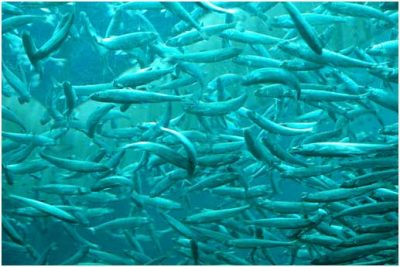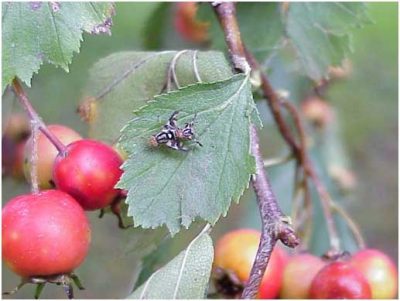Acclimation or adaptation?
PDF
Adaptation is the result of natural selection screening a set of individuals (a population) with variable and heritable (genetic) characteristics (traits). Depending on the environment encountered, certain characteristics will allow individuals to survive and/or reproduce better (adaptive traits) in a given environment, and the genes that determine these traits will be selected from one generation to the next. It is a gradual and irreversible process that operates at the population level over long periods of time (evolution). For example, plants of Arabis alpina that grow at high altitudes have more compact (lower) inflorescences than plants from lowland populations, and these different phenotypes are genetically fixed since they are conserved when the plants are grown in experimental gardens (Read Adaptation of organisms to their environment). It is a population response to environmental change. This selective sorting of individuals from one generation to the next can be relatively rapid when selection pressures are high, as in the case of the evolution of insecticide resistance in many insects since the middle of the 20th century (See Adaptation of organisms to their environment).

It is interesting to note that phenotypic plasticity (individual characteristic) may also be a sub-selected trait, i.e. a population characteristic, since each individual may be more or less capable of acclimation, and depending on the range of environment encountered by the population, the individuals within it will be selected for a greater or lesser capacity for acclimation, and the population will generally be able to maintain itself in a wider or lesser range of environments: this is called the population’s ‘reaction norm’, rather than ‘phenotypic plasticity’ [2].
All epigenetic modifications (non-genetic by definition) fall a priori into the category of acclimation. However, it has recently been shown that some epigenetic changes can be transmitted from one generation to the next. The long-term stability of epigenetic transmission remains to be demonstrated. To date, examples of genetically determined adaptive traits (natural selection) are much more numerous than examples of epigenetic trait transmission (inheritance of acquired traits), and the distinction between acclimatization and adaptation remains relevant.
References and notes
[1] Berlocher SH & McPheron BA (1996) Population structure of Rhagoletis pomonella, the apple maggot fly. Heredity. 77(1):83-99.
[2] Pigliucci M (2005) Evolution of phenotypic plasticity: where are we going now? Trends Ecol. Evol.20:481-486.




